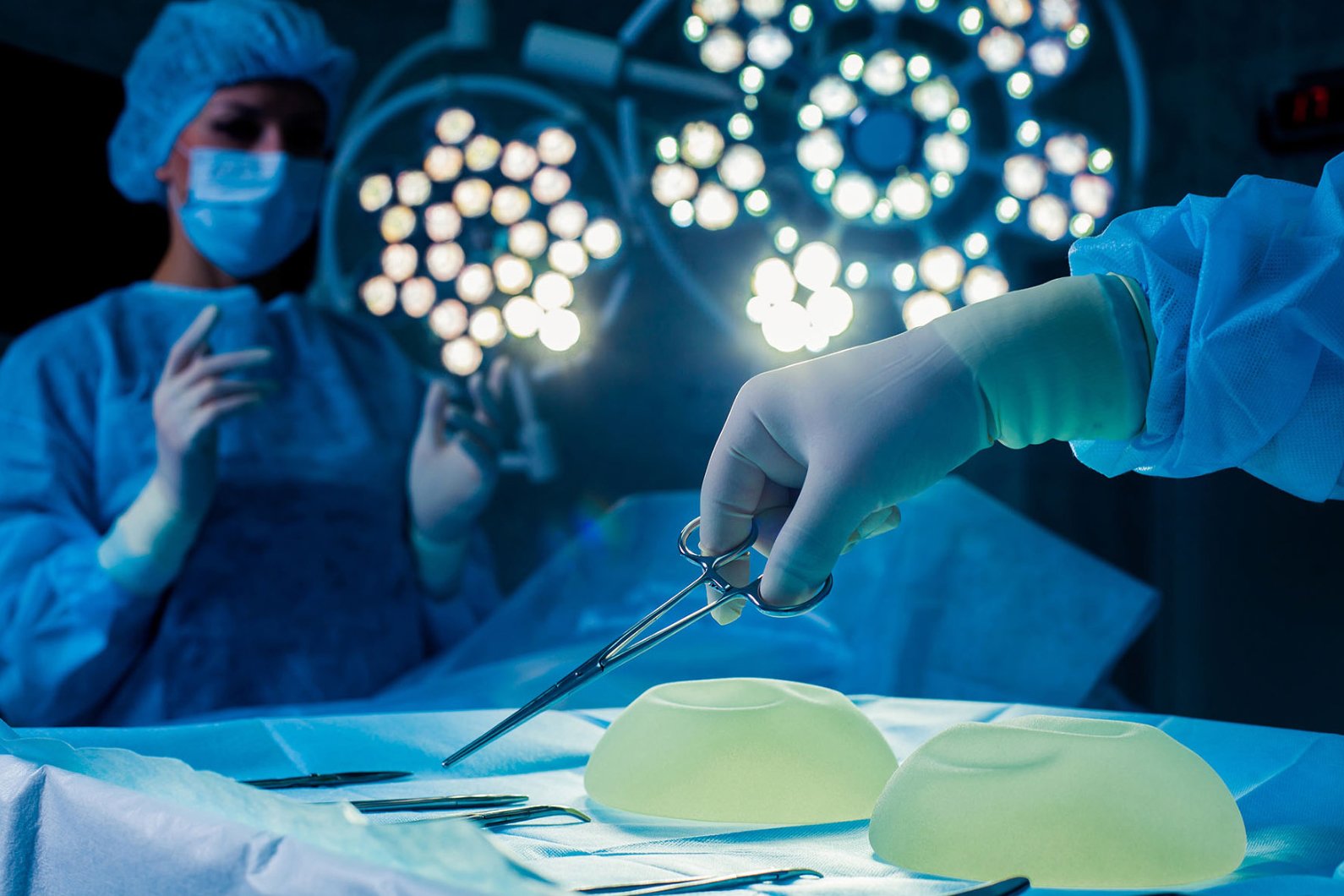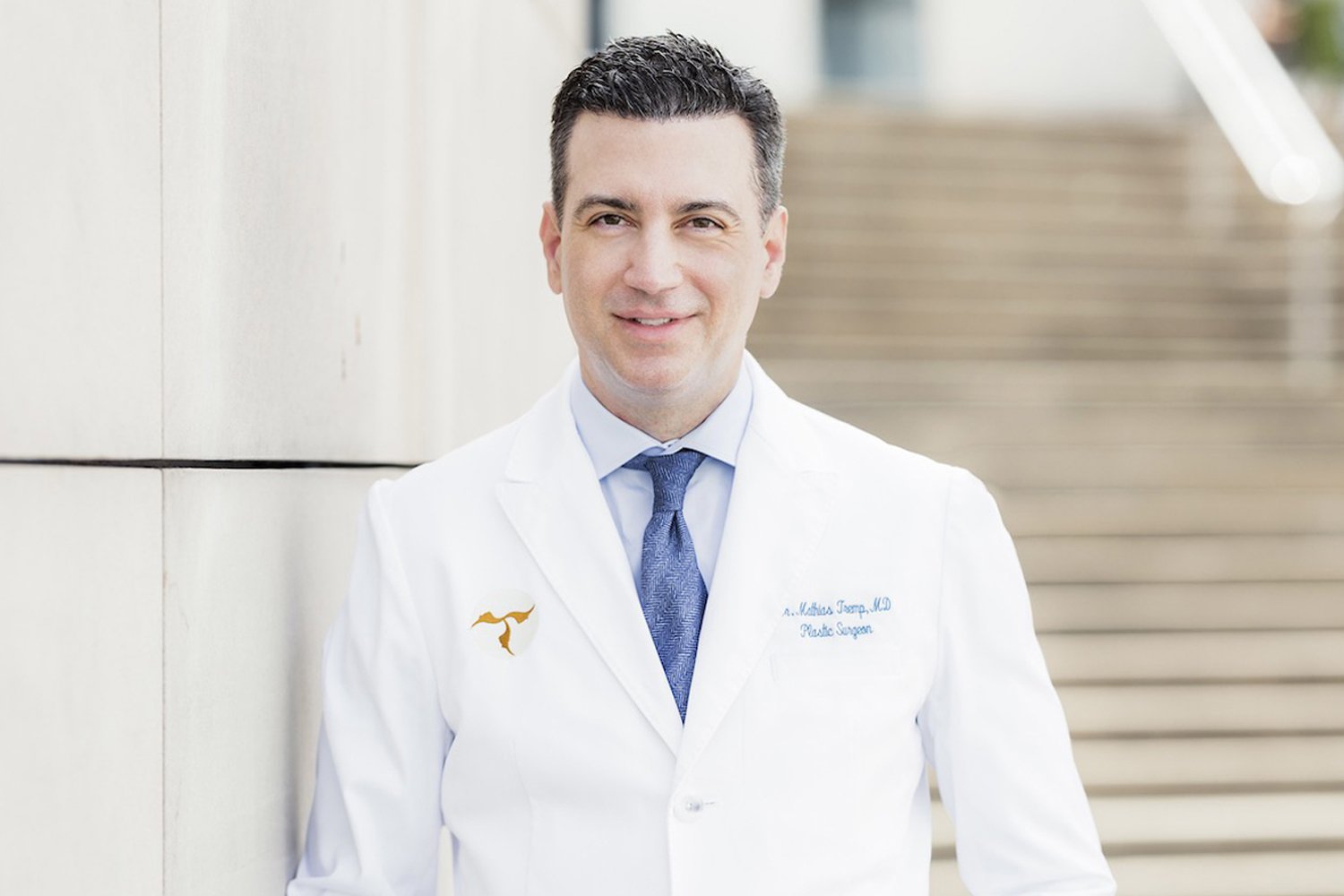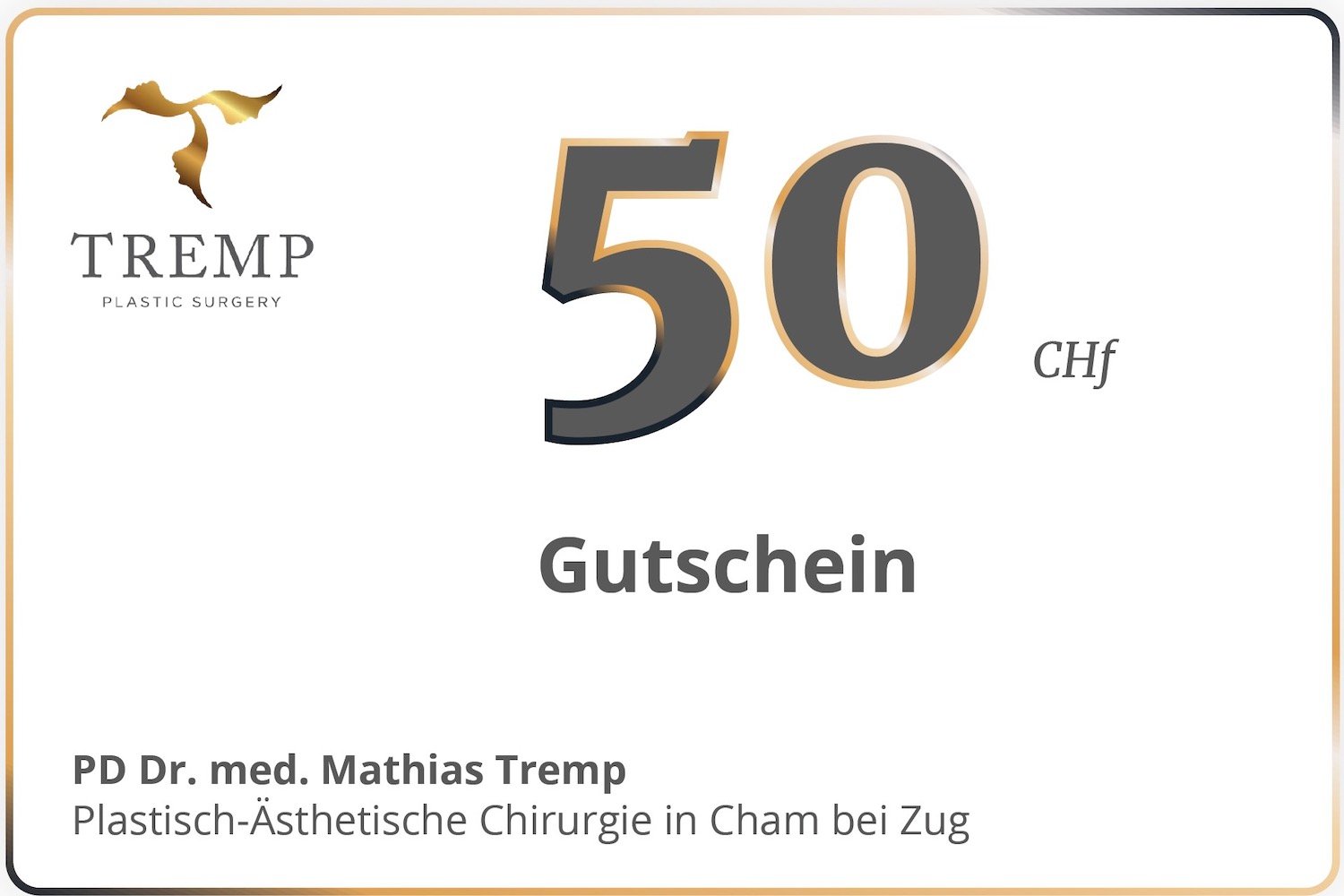- About
- Face & Skin
- Cellulite treatment
- Excessive sweating in women and men
- Facial and skin treatments
- Facial Surgery
- Hydrafacial treatment
- IV drips (vitamin infusions)
- Laser treatment
- Lip Lift
- Mesotherapy (skin structure )
- Special Offers by TREMP PLASTIC SURGERY
- Treatments with Skin Ceuticals
- Wrinkle and facial treatments with botulinum
- Wrinkle and facial treatments with filler
- Face
- Breast
- Body
- Offers
- Blog
- Contact
- EN
- DE

For smaller and larger tumours, scars or burns of the skin
In the case of larger tumours or those in anatomically delicate regions (e.g. in the eyelid, auricle, lips or nose area), excision of the tumour and direct closure of the skin is not always possible. We achieve an optimal result with tissue shifting in the face. Facial reconstructive surgery includes not only treatment after tumour removal, but also restoration after an accident or burn.
Skin and fatty tissue tumours are very common. These can be benign growths such as moles and lipomas or malignant tumours such as melanomas or liposarcomas. Fortunately, malignant tumours are much rarer. In case of ambiguity, changes or rapid growth, medical clarification is necessary and, if necessary, the removal of a tissue sample to confirm the diagnosis and plan further treatment.
Surgical techniques for scar revision may include excision of the scar, skin grafts and local or distal flaps (called microsurgical reconstruction) to minimise the scar. This makes it more in keeping with the surrounding skin tone and texture.
Burn surgery involves the treatment and correction of burn scars. All techniques of reconstruction are used (local flapplasty, autologous fat treatment, microsurgical technique).
Therapies of dermatological and reconstructive surgery
Facial surgery, tumour surgery, scar treatment and burn surgery
Reconstructive procedures are performed on an outpatient basis, under local or general anaesthesia and usually take 30 to 60 minutes maximum. Patients are fit for work again after 2-3 days.
With proper surgery, risks of secondary bleeding, haematoma, swelling, tenderness and divergent wound edges can be kept to a minimum. It takes 4-6 weeks for complete healing and swelling. During this time, sun exposure should be avoided.
The costs of reconstructive surgery are usually covered by health insurance as an illness.
Tumour removal (eyelid, auricle, lips or nose area)
Contact Dr Tremp for a consultation.
Removal of benign tumours (moles, lipomas, age warts)
Not all skin tumours are malignant and need to be treated.
There are also benign skin tumours such as moles, connective tissue tumours, lipomas (benign fatty growths), haemangiomas (blood sponges) or age warts.
The costs for surgical skin interventions that take place within the framework of medically necessary examinations are charged according to the Tarmed tariff. This tariff is regulated throughout Switzerland.
The costs for skin operations of a purely cosmetic-aesthetic nature, on the other hand, are not paid by the health insurance funds and must be covered by the patient. Payment for the service at the private rate is due directly on the day of treatment. We will provide you with a non-binding offer after a consultation. You can pay your bill with a Maestro, a credit card (Mastercard or Visa) or in cash.
Contact PD Dr Tremp for a consultation.
Removal of malignant tumours (melanoma, liposarcome)
Not all skin tumours are malignant and need to be treated. In addition to malignant skin tumours such as malignant melanoma (black skin cancer), spinalioma (prickle cell cancer) or basalioma (white skin cancer), there are preliminary stages such as actinic keratosis or Bowen's disease.
Black skin cancer is the most malignant of all skin cancers. Melanoma can grow quickly and can lead to "offshoots" (metastases) early on. Therefore, early and rapid treatment is very important.
After the diagnosis has been confirmed by a tissue sample, the black skin cancer must be removed with a so-called safety margin. The safety distance is determined by the so-called tumour thickness ("Breslow level"). But a certain size of the Breslow must also be followed by a sentinel lymph node biopsy.
Surgical treatment of black skin cancer
After the diagnosis has been confirmed by a tissue sample, the black skin cancer must be removed with a so-called safety margin. The safety distance is determined by the so-called tumour thickness ("Breslow level"). But a certain size of the Breslow must also be followed by a sentinel lymph node biopsy.
Surgical treatment of white skin cancer
The complete removal of the white skin cancer is important. The surgical removal is performed with a safety margin. If the white skin cancer is difficult to demarcate or in an aesthetically delicate region, a so-called rapid incision-controlled removal can be performed.
This means that during the operation a pathologist checks whether the entire tumour has been removed. Another option is first to remove the tumour and cover it with artificial skin, and then a week later to reconstruct it once the tumour has been completely removed.
Reconstructive facial surgery after tumour removal
Contact Dr Tremp for a consultation.
Scar revisions
Contact Dr Tremp for a consultation.
Reconstructions after accident or burn
Contact Dr Tremp for a consultation.
Treatment and correction of burn scars
Contact Dr Tremp for a consultation.
Our comprehensive treatment concept combines innovative technologies with proven methods to effectively rejuvenate and care for your skin.
Make someone special happy and give them a gift certificate for a consultation with PD Dr. Tremp.



